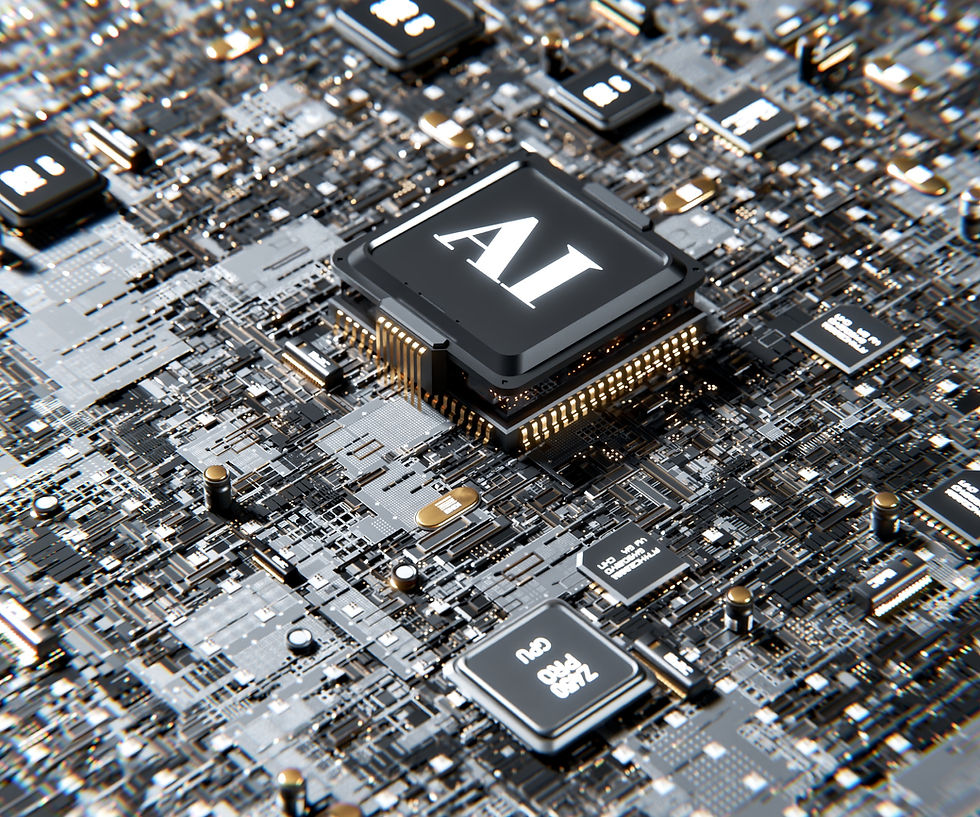NASA to fly 2 astronauts to ISS aboard Boeing spacecraft
- Khushboo Pareek
- May 6, 2024
- 2 min read

Two NASA astronauts are set to travel to the International Space Station aboard Boeing's newest spacecraft, the Starliner.
Taking off from Cape Canaveral, Florida, on its first crewed test flight, this mission holds the potential to cement Boeing's legacy in space exploration.
The launch will make Boeing the second private company capable of ferrying crew to and from the ISS, following the footsteps of Elon Musk's SpaceX.
The scheduled lift-off is set for 22:34 local time on Monday (8.00 AM IST Tuesday).
Barry "Butch" Wilmore, along with Indian-origin Sunita Williams, will be the two astronauts who will rocket to the ISS.
"It’s a really big day for Boeing," Dr Simeon Barber, a space scientist at the Open University, told BBC.
"The company has been working on the spacecraft for so long, they have had a few problems with the test flights and there’s a lot riding on this," he added.
Originally scheduled for its first uncrewed test flight in 2015, Starliner faced delays until 2019 due to software glitches causing thruster over-firing. A second attempt planned for August 2021 was postponed to May 2022 due to propulsion system issues.
Despite completing its mission, concerns arose regarding thruster performance and the craft's cooling system. Rectifying these issues and safety concerns regarding wiring and parachutes led to the current delay in conducting the first crewed demonstration.
During a news conference, a reporter questioned the Navy-trained astronauts about whether the technical challenges would make their flight "scary" for friends and family. In response, astronaut Barry "Butch" Wilmore said that labelling the technical issues as "setbacks" would be inaccurate.
"We'd call them steps forward. We find an issue and rectify that and we have articulated that to our families so that they understand that," he added.
Williams, who will pilot the spacecraft, said, "We are all here because we are all ready. Our friends and family have heard about it and we've talked about it and they are happy and proud that we are part of the process to fix it all."
Designed for reusability, it aims to complete up to 10 flights.
En route to the ISS, the crew will conduct tests on seats, assess onboard life support and navigation systems, and evaluate the cargo transfer system to the ISS. Additionally, they will be testing new space suits during the mission.
After docking with the ISS for about 10 days, Starliner will return to Earth. Unlike earlier US capsules that splashed down in the sea, Starliner will land on land, likely in the southwestern United States. It will use a heat shield and parachutes to slow down before airbags cushion the landing impact.
If everything goes smoothly, Starliner will be approved for regular crew missions to the ISS. Its next launch, likely early next year, will transport four astronauts along with equipment and supplies.
Caleb Henry, from the US-based space consultancy firm Quilty, said, "We are now entering a new era of human exploration."
"What is exciting is the growing role of the private sector. It's increasing the frequency of space travel, which is creating new opportunities."
Starliner will dock to the forward-facing port of the station’s Harmony module at 12:46 am, Wednesday, May 8.
Starliner. Image source: NASA




































Comments